Cardionerds: A Cardiology Podcast

263. ACHD: Patent Ductus Arteriosus & Eisenmenger Syndrome with Dr. Candice Silversides
Join CardioNerds to learn about patent ducts arteriosus and Eisenmenger syndrome! Dr. Dan Ambinder (CardioNerds co-founder), ACHD series co-chair Dr. Dan Clark, Dr. Tony Pastor (ACHD fellow, Harvard Medical School), and Dr. Kate Wilcox, Medicine/Pediatrics Resident, Medical College of Wisconsin join Dr. Candice Silversides (Editor-in-chief #JACCAdvances) for this terrific discussion. Notes were drafted by Dr. Kate Wilcox. .Audio editing by CardioNerds Academy Intern, Dr. Maryam Barkhordarian.
The CardioNerds Adult Congenital Heart Disease (ACHD) series provides a comprehensive curriculum to dive deep into the labyrinthine world of congenital heart disease with the aim of empowering every CardioNerd to help improve the lives of people living with congenital heart disease. This series is multi-institutional collaborative project made possible by contributions of stellar fellow leads and expert faculty from several programs, led by series co-chairs, Dr. Josh Saef, Dr. Agnes Koczo, and Dr. Dan Clark.
The CardioNerds Adult Congenital Heart Disease Series is developed in collaboration with the Adult Congenital Heart Association, The CHiP Network, and Heart University. See more
Disclosures: None
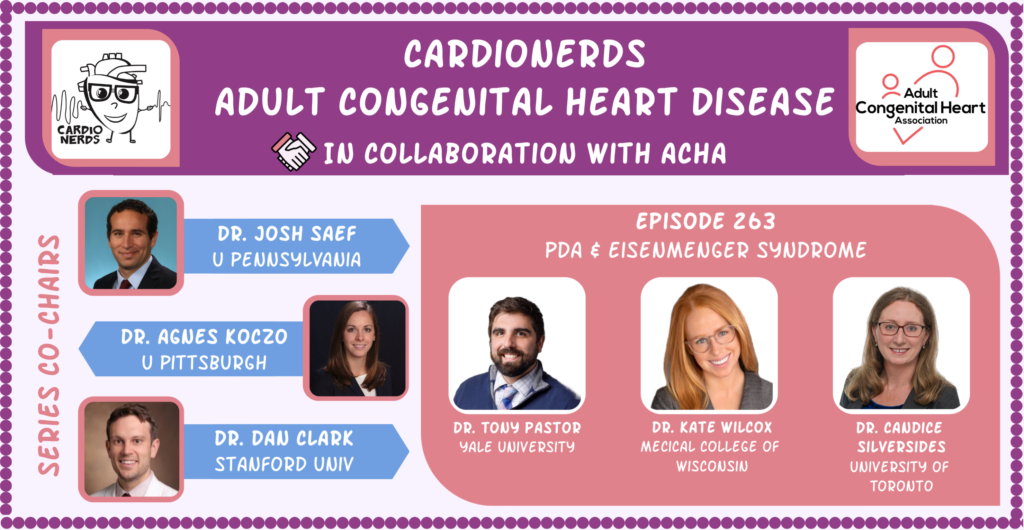
CardioNerds Adult Congenital Heart Disease Page
CardioNerds Episode Page
CardioNerds Academy
Cardionerds Healy Honor Roll
CardioNerds Journal Club
Subscribe to The Heartbeat Newsletter!
Check out CardioNerds SWAG!
Become a CardioNerds Patron!
Pearls – Patent Ductus Arteriosus & Eisenmenger Syndrome
- The ductus arteriosus, which is formed from the distal portion of the left sixth arch, is key to fetal circulation because it allows blood to bypass the high resistance pulmonary circuit present in utero.
- After birth there is a significant drop in pulmonary vascular resistance (PVR) which generally leads to functional ductal closure within 48 hours (permanent seal takes 2-3 weeks to form).
- Risk factors for having a PDA include birth before 37 weeks of gestation, trisomy 21, and congenital rubella.
- A PDA results in a left to right shunt (qP:qS >1) which over time overloads the left side of the heart and causes pulmonary vascular remodeling. The extra workload on the left side of the heart causes left atrial (can cause atrial arrhythmias) and left ventricular dilation.
- If left untreated you can eventually have shunt reversal due to very high PVR (Eisenmenger physiology). There are some treatment options at this point (pulmonary vasodilators, etc) but it’s definitely better to close the PDA before this point.
- One interesting physical exam finding that can stem from shunt reversal in a hemodynamically significant PDA is differential cyanosis (upper body or pre-ductal saturations will be higher than lower body/post-ductal saturations). You can also see clubbing in the toes but not the hands for the same reason.
Meet Our Collaborators!
Adult Congenital Heart Association
Founded in 1998, the Adult Congenital Heart Association is an organization begun by and dedicated to supporting individuals and families living with congenital heart disease and advancing the care and treatment available to our community. Our mission is to empower the congenital heart disease community by advancing access to resources and specialized care that improve patient-centered outcomes. Visit their website (https://www.achaheart.org/) for information on their patient advocacy efforts, educational material, and membership for patients and providers
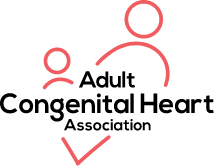
CHiP Network
The CHiP network is a non-profit organization aiming to connect congenital heart professionals around the world. Visit their website (thechipnetwork.org) and become a member to access free high-quality educational material, upcoming news and events, and the fantastic monthly Journal Watch, keeping you up to date with congenital scientific releases. Visit their website (https://thechipnetwork.org/) for more information.
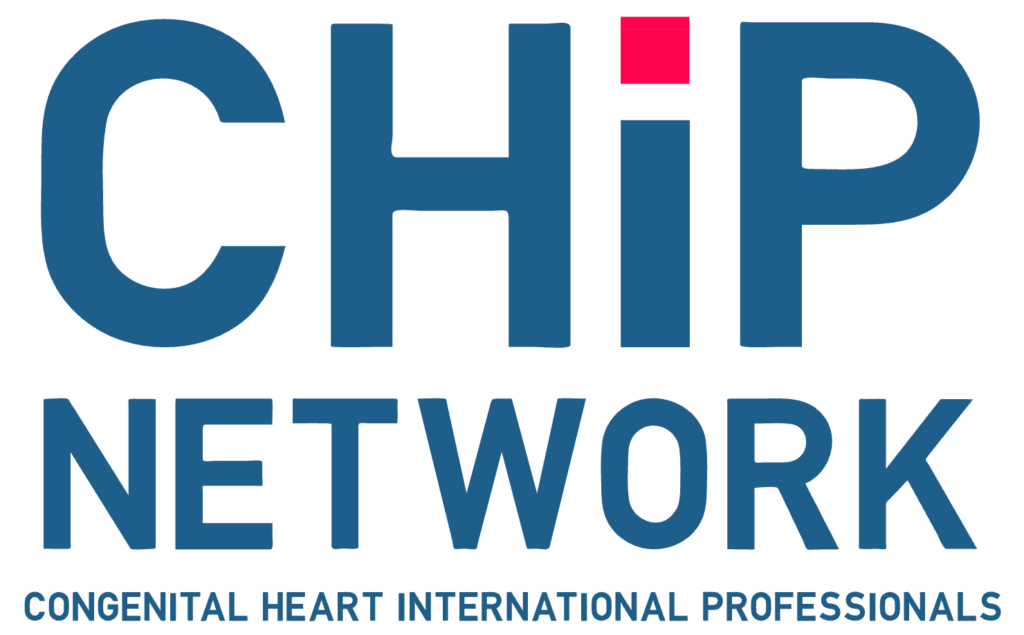
Heart University
Heart University aims to be “the go-to online resource” for e-learning in CHD and paediatric-acquired heart disease. It is a carefully curated open access library of educational material for all providers of care to children and adults with CHD or children with acquired heart disease, whether a trainee or a practicing provider. The site provides free content to a global audience in two broad domains: 1. A comprehensive curriculum of training modules and associated testing for trainees. 2. A curated library of conference and grand rounds recordings for continuing medical education. Learn more at www.heartuniversity.org/

CardioNerds Adult Congenital Heart Disease Production Team
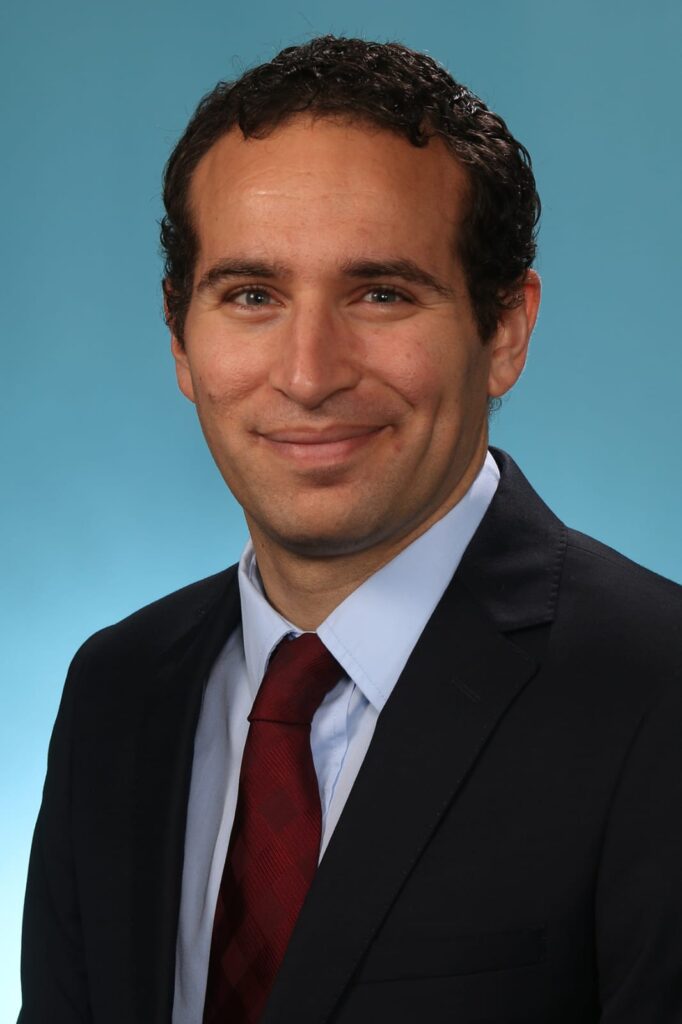
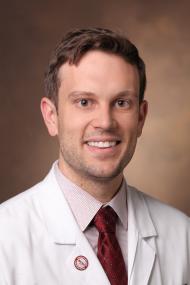
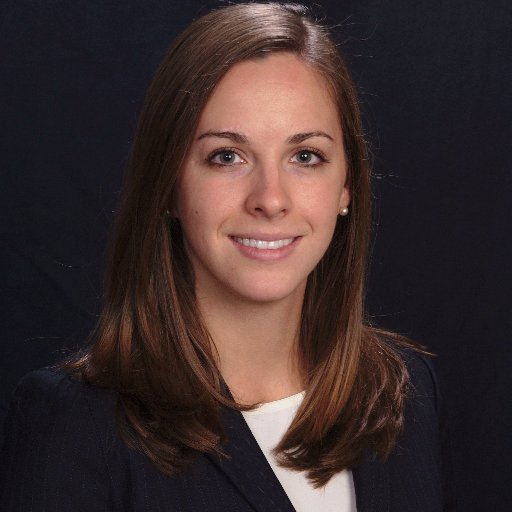
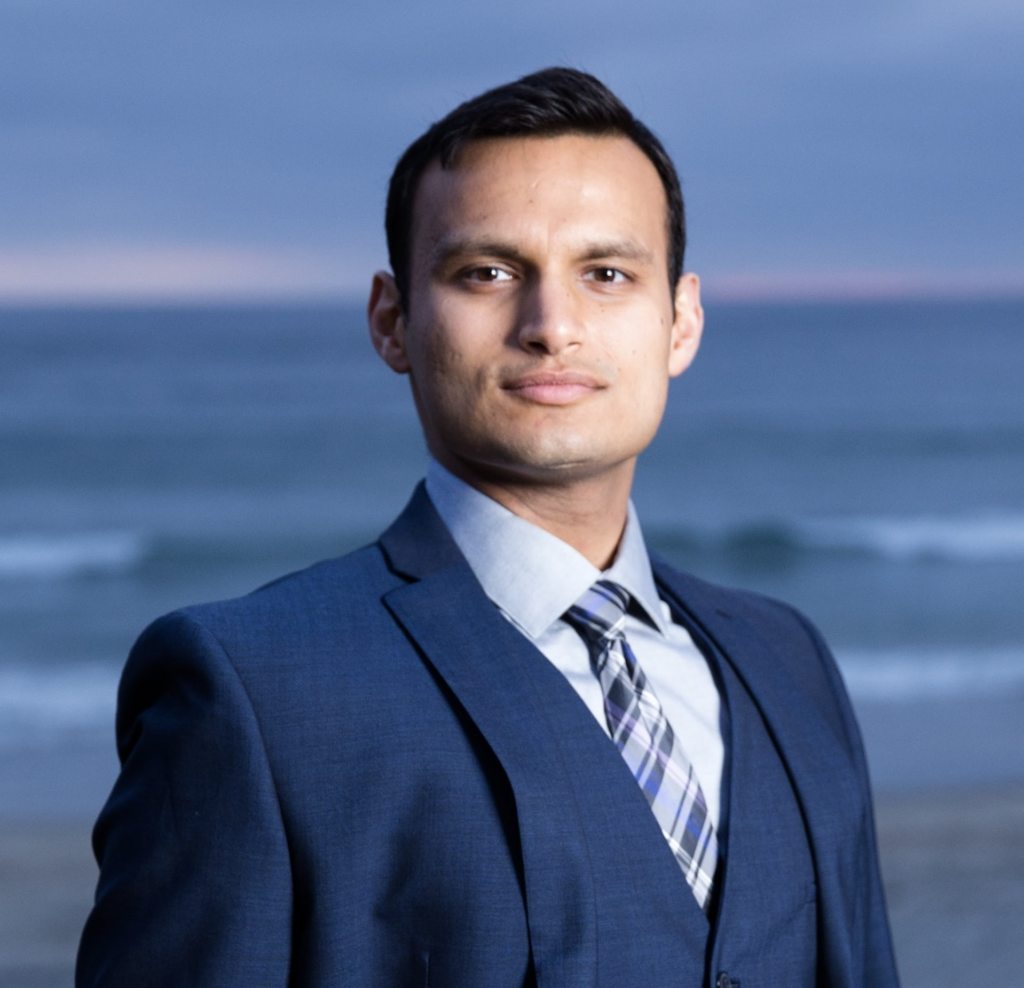 Amit Goyal, MD
Amit Goyal, MD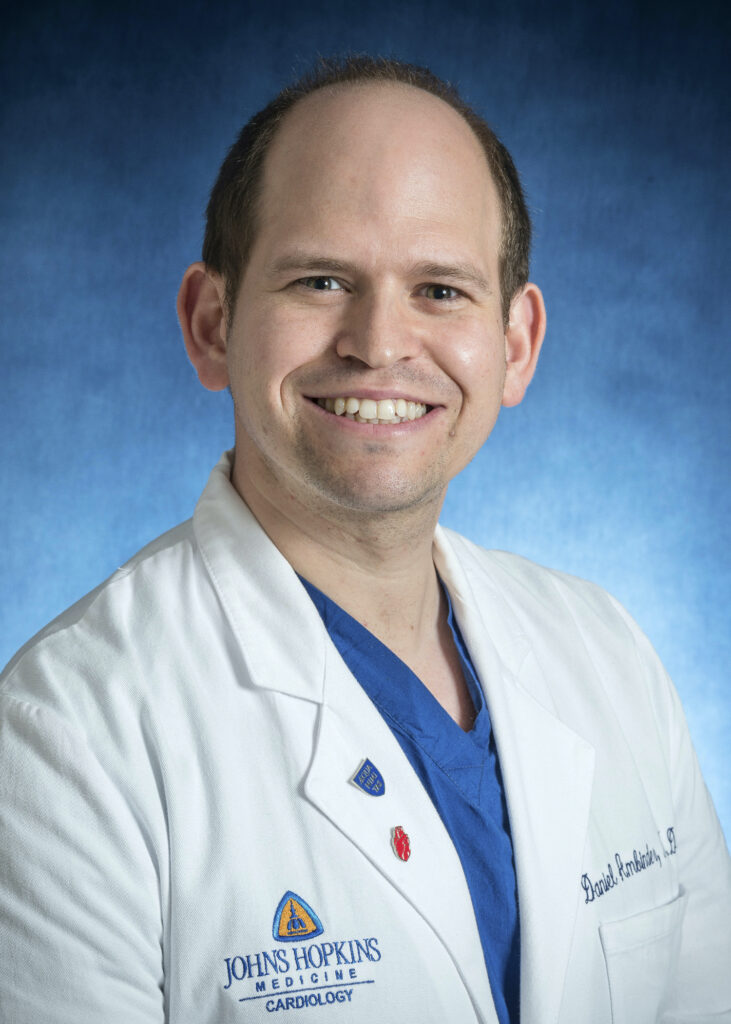 Daniel Ambinder, MD
Daniel Ambinder, MD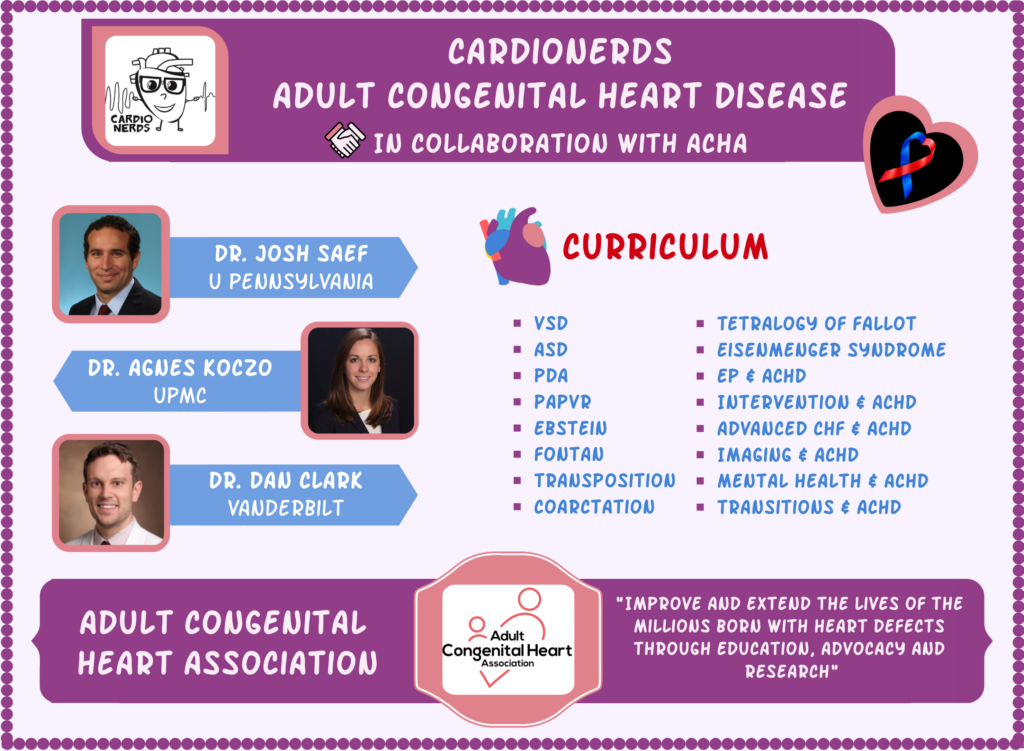






 Visit Podcast Website
Visit Podcast Website RSS Podcast Feed
RSS Podcast Feed Subscribe
Subscribe
 Add to MyCast
Add to MyCast